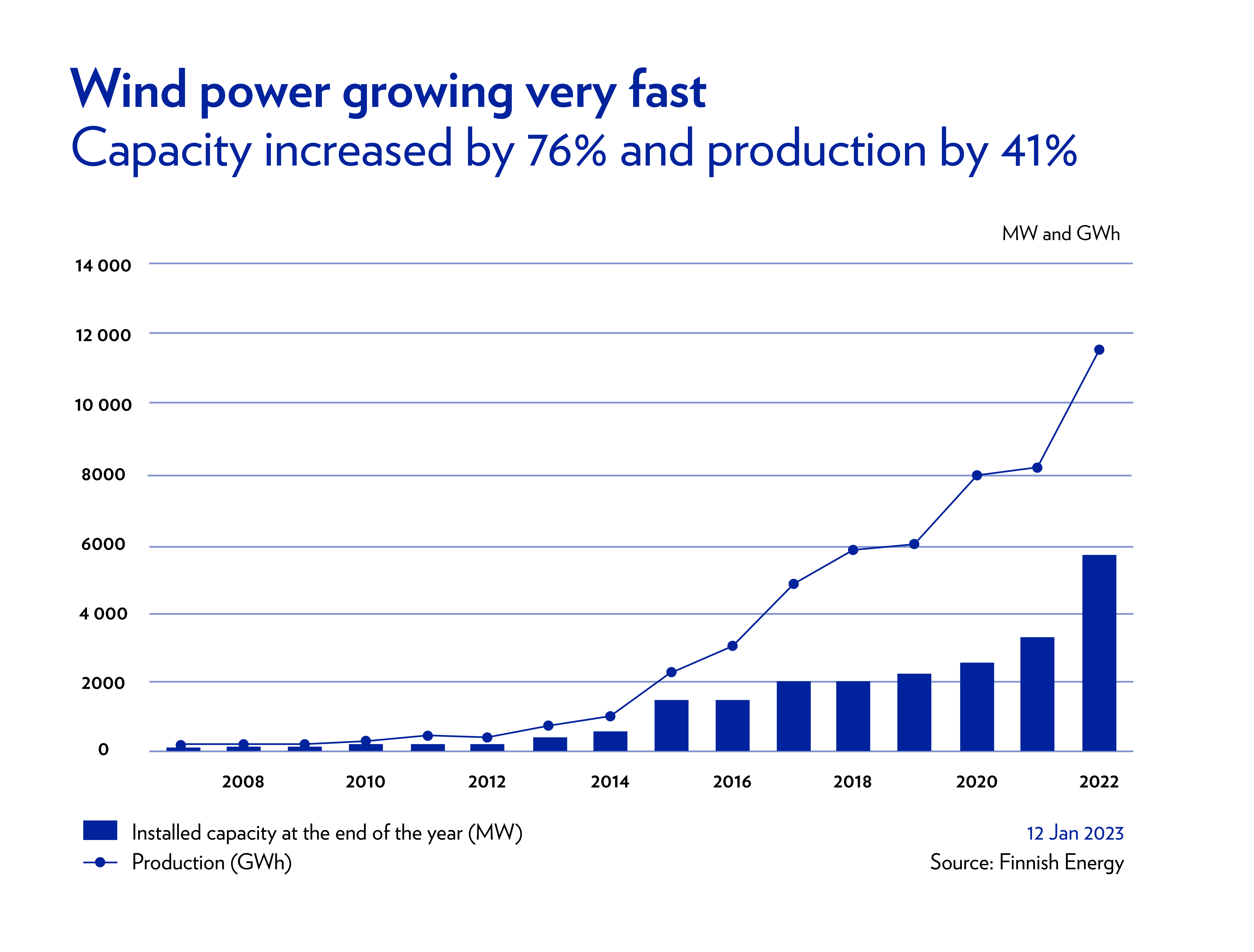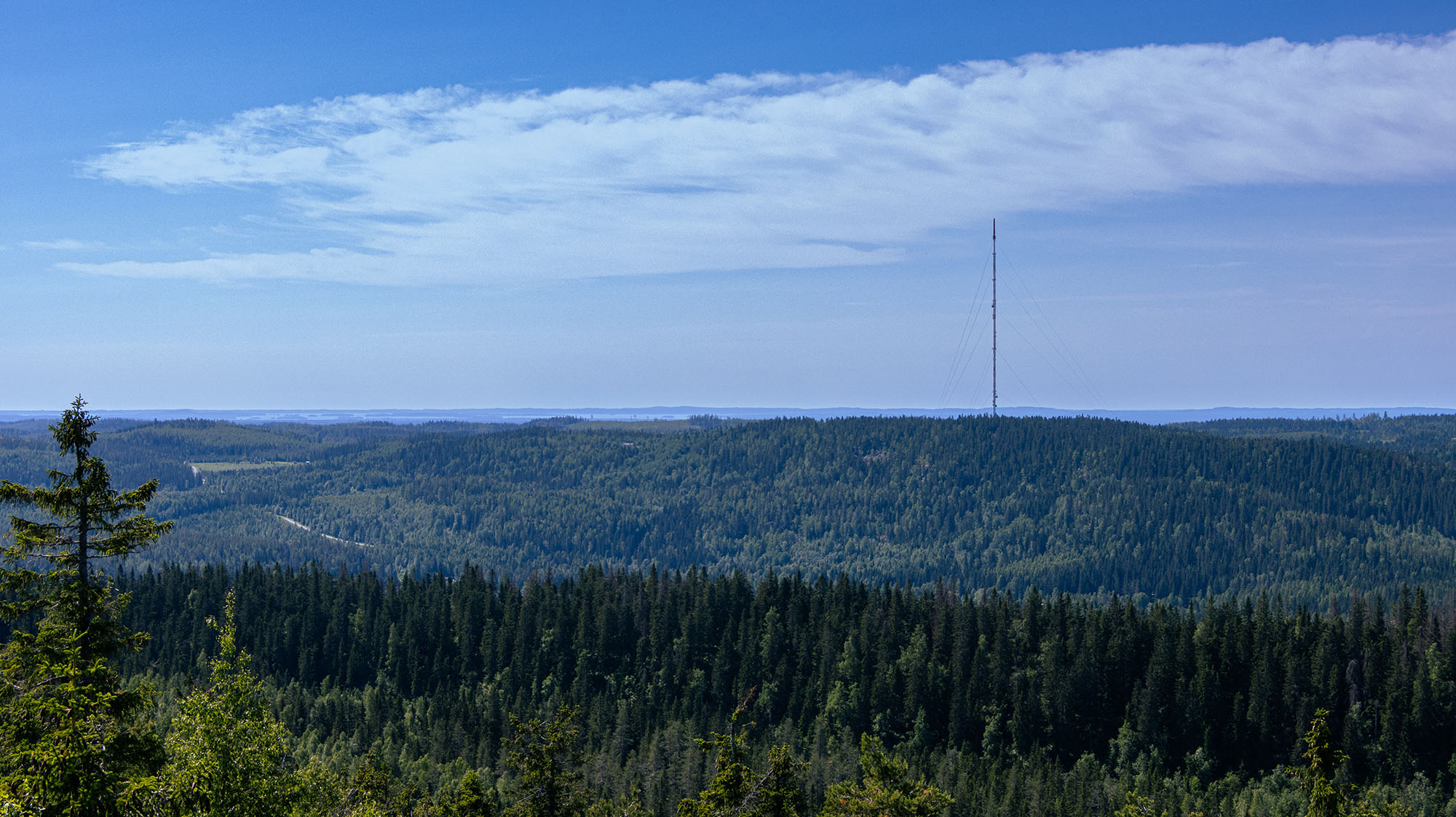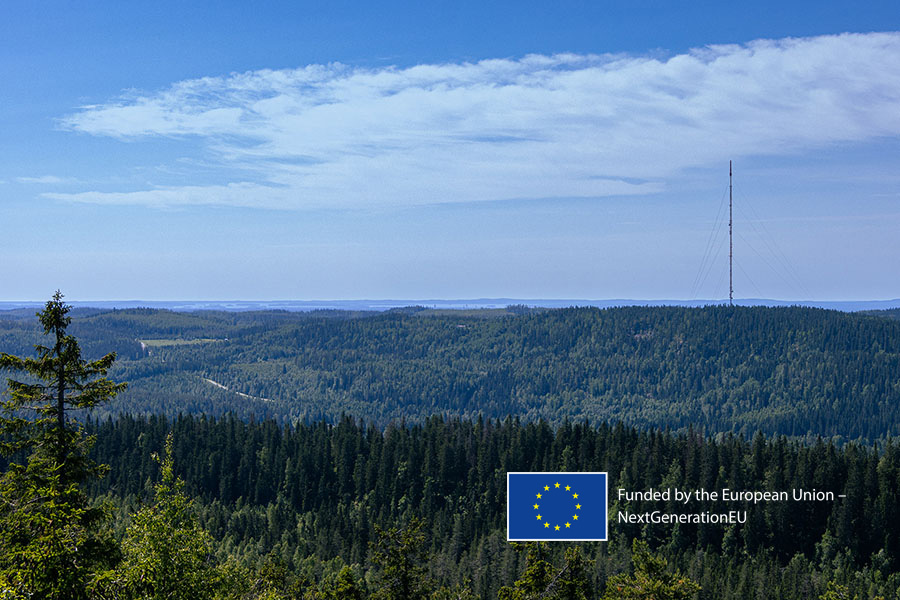Greater reliance on renewable energy presents new challenges both for producers, customers and for the Transmission System Operators (TSOs) that manage electricity supply and demand in real time in the grid. First, an excess of wind and sun can generate redundant capacity that could be deployed usefully and profitably. Second, the effective and safe management of an electricity grid requires that supply and demand – generation and consumption – are balanced at all times, such as when there is no wind or solar available.
The key to harnessing that power and unleashing its full potential lies in the development of storage capacity and innovative systems for its management. This is where Elisa recognised a natural synergy with the batteries that are supporting each base station in its telecom network and Elisa has used its operations in Finland as a test bed.
The telecommunications sector is already the world’s second largest user of batteries, and most radio access networks (RAN) have a regulatory requirement to maintain backup power to keep the network running during outages of the main electricity supply from the grid. Further, the distributed nature of the assets, are complementary to the requirements of the grid as a potential source of balancing power.
Elisa’s Distributed Energy Storage solution enables a distributed virtual power plant (VPP) solution to be deployed using the Radio Access Network. This is built on an AI/ML software engine that adjusts each battery between charging and discharging modes, optimizing energy consumption, and controls the distributed energy assets across telecom infrastructure.
It provides two key benefits: It allows the company to optimize the time of energy consumption at its base stations, helping to control costs when energy prices fluctuate. It can also provide reserve capacity and grid balancing services to the national electricity transmission system operator – and generate revenue. As a side benefit on top of keeping the lights on for society, optimization of base station grid connection capacity limits the need for further grid investment.
Developing the solution in Elisa’s RAN in Finland required Capex investment in storage capacity. The introduction of lithium-ion batteries that endure continuous charging and discharging better than the existing lead acid models and doubling or tripling the back-up capacity from three to nine hours, gives Elisa the capacity to provide grid balancing services for the TSO.
Elisa ran a successful trial across 200 base stations in its Finnish network during 2022. As a result, in the summer, Elisa received the technical pre-qualification acceptance from Fingrid (Finland’s TSO) for its Distributed Energy Storage solution to provide balancing services in a specific balancing market, the “automatic frequency restoration reserve”, or ‘aFRR’.
It is believed that this is the first time anywhere in the world that a distributed solution has been approved for the aFRR market which are normally served from hydropower or natural gas plants. Trials of the system have also taken place in Estonia.
The benefits to Elisa have been clear. First the control system facilitates “load-balancing’, allowing the network to optimize its own energy consumption, usually buying energy at night when the cost is cheaper for use during peak consumption times when the price increases.
The aFFR designation has allowed it to open a new revenue stream by selling storage capacity and power into the grid for balancing purposes.
The load-balancing alone is sufficient to support the business case, and in financial terms in the energy markets of 2022, the payback time on the investment is between one and three years. Even when the current crisis passes, price volatility will remain a major issue in the energy sector due to the switch to renewable energy production.
The environmental results are also promising. Based on the latest official Finnish marginal CO2 emission calculation rates, this distributed energy system is expected to result in annual reductions of more than 20,000 tonnes of CO2 when fully deployed.
Elisa is currently rolling out the deployment of additional battery assets in its networks. It is also adapting the AI/ML control to allow it to be installed with other operators’ critical infrastructure. Further technical work is underway to ensure compatibility in the widest possible multi-vendor environment, for power and battery hardware.
With wind energy production expected to undergo exponential growth in the coming decades as nations target net zero, the demand for storage solutions and grid balancing will grow with it, presenting a huge market opportunity for telecommunications network operators.


